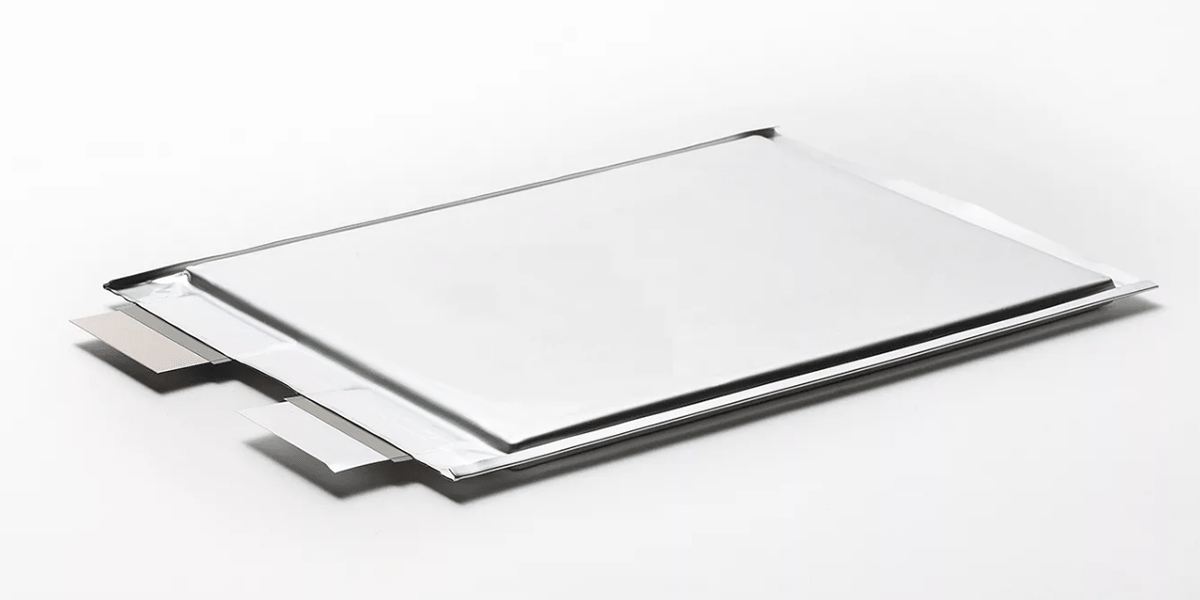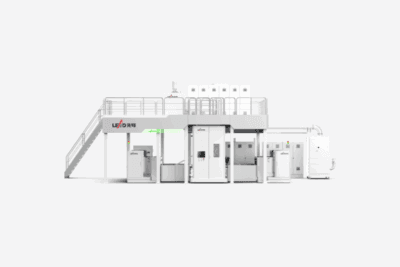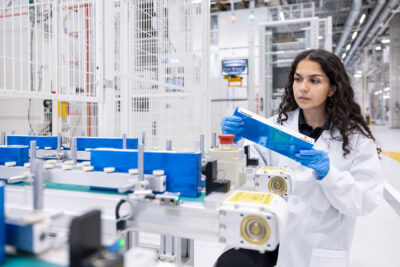Electrode research project seeks to replace metal foils with metallized tissue
In the new revoLect project, the PEM Chair at RWTH Aachen University is working with seven partners from science and industry to develop technologies and components that will help to produce lithium-ion batteries more efficiently and conserve resources.
The long title of the joint project is “Highly efficient electrodes with ultralight fabric-based current collectors for lithium-ion batteries”. Specifically, the consortium wants to advance two major battery innovations by the end of August 2025 in the project funded by the German Federal Ministry for Economic Affairs and Climate Protection: firstly, the replacement of the usual metal foils with a metallised fabric structure and secondly, the use of silicon as anode material.
The project participants hope that both will lead to a significant increase in specific energy density. PEM board member Professor Heiner Heimes describes the project as a contribution to exploiting the potential of lithium-ion batteries by further developing all their components and their production technologies.
For example, novel electrodes with “lightweight fabric-based current collectors” are expected to reduce the use of primary raw materials such as copper and aluminium. At the same time, the technology enables further material savings from the cell to the system level through higher energy density, according to the PEM. As part of the project, the chair itself will develop processes for coating the fabric-based electricity collectors with slurry-based electrode materials.
Subsequently, the project initiators want to test the battery cells with regard to their performance and compare the respective values with those of reference cells. These reference cells will also be produced at the PEM Chair and constructed with copper or aluminium foils as current conductors.
The other partners involved in the project are the Institute for Experimental Physics at the TU Bergakademie Freiberg, the Institute for Textile Machinery and Textile High Performance Materials at the TU Dresden, the Fraunhofer Institute for Organic Electronics, Electron Beam and Plasma Technology (FEP) as well as elfolion GmbH, Porcher Industries Germany GmbH, ROMONTA GmbH and Customcells Holding GmbH.
pem.rwth-aachen.de, pem.rwth-aachen.de (project website)





0 Comments